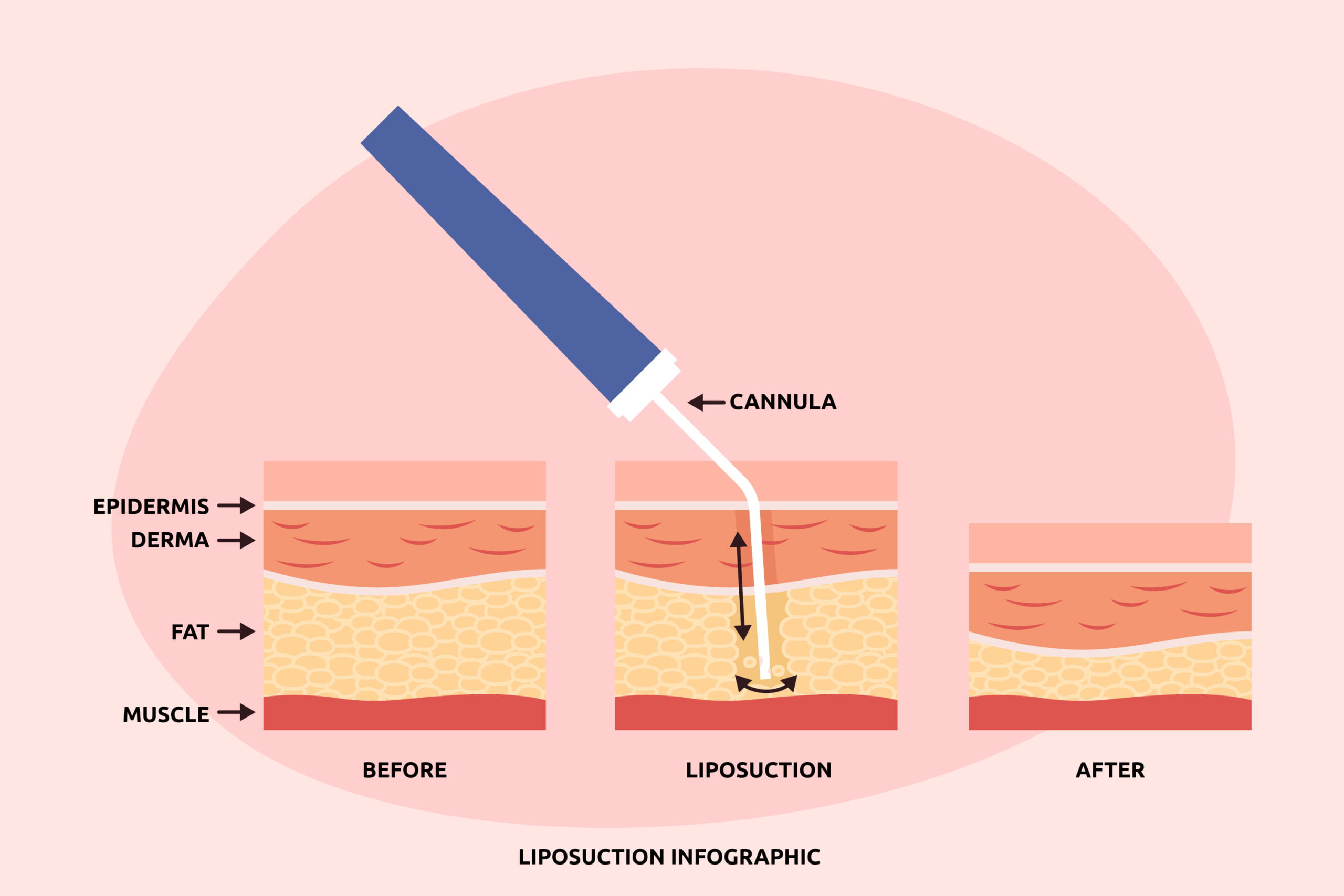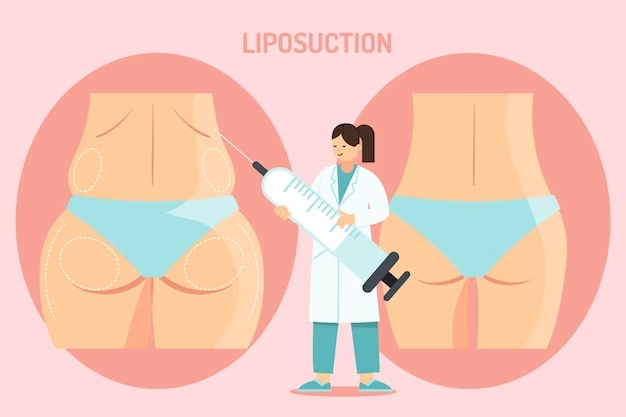
Outcome of lipedema progression after water assisted lymph sparing liposuction:
Avinav
September 14, 2023

Lipedema is a chronic, progressive disease that causes swelling, pain, and a “pear-shaped” body due to abnormal fat accumulation in the lower limbs.
Water-assisted lymph sparing liposuction (WAL) is a surgical procedure that aims to address the excess fat accumulation and associated symptoms in individuals with lipedema. The procedure involves using a water jet to dislodge and remove the excess fat while sparing the lymphatic vessels to minimize the risk of complications like lymphedema. The outcomes of WAL can vary based on individual factors and the stage of lipedema progression.
Here are some potential outcomes of lipedema progression after water assisted lymph sparing liposuction:
- Fat Reduction: WAL can significantly reduce the excess fat that accumulates in lipedema-affected areas, such as the thighs, buttocks, and lower legs. This can lead to a more proportionate body shape and improved mobility.
- Symptom Relief: Many individuals with lipedema experience pain, tenderness, and discomfort due to the excess fat pressing on nerves and blood vessels. WAL can provide relief from these symptoms, enhancing the individual’s overall quality of life.
- Improved Mobility: As excess fat is removed, mobility can be improved, allowing individuals to move more freely and engage in physical activities that might have been difficult before the surgery.
- Psychological Benefits: Lipedema can have a significant impact on body image and self-esteem. Successful WAL can lead to improved body confidence and a better psychological outlook.
- Reduced Risk of Complications: By targeting excess fat while preserving lymphatic vessels, WAL aims to reduce the risk of complications like lymphedema, which can occur when lymphatic flow is impaired.
- Long-Term Maintenance: While WAL can provide significant fat reduction, it’s important to note that lipedema has a genetic and hormonal component. Maintaining a healthy lifestyle after the surgery, including proper nutrition and exercise, is crucial to prevent fat re-accumulation.
- Individual Variation: The outcomes of WAL can vary based on factors such as the extent of lipedema, the skill of the surgeon, post-surgery care, and individual healing processes. Some individuals may experience more dramatic improvements than others.
- Post-Surgery Recovery: Recovery after WAL can involve swelling, bruising, and discomfort. Following post-operative care instructions provided by the surgical team is important for optimizing healing and outcomes.
- Consultation and Expectations: Before undergoing WAL, individuals should have a thorough consultation with a qualified surgeon who specializes in treating lipedema. During this consultation, the surgeon can provide realistic expectations based on the individual’s unique situation.
- Pain management
- Regular Exercise
- Psychological Support
- Lifestyle management
- Hydration and Nutrition
- Use compression garments
Conclusion
It’s important to approach WAL as part of a comprehensive treatment plan that may also include lifestyle modifications, compression garments, and ongoing medical management. Regular follow-up appointments with the surgical team are essential for monitoring progress and addressing any concerns that may arise after the procedure.
To connect with us click on the button below
To know more fill in the details below:
Recent Posts
Have Any Question?
Lipedema is a condition that causes excess fat to accumulate in the lower part of the body.
- +919515106591
- srinageshlipedema@gmail.com



